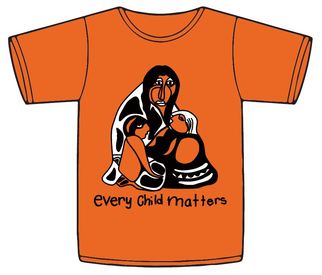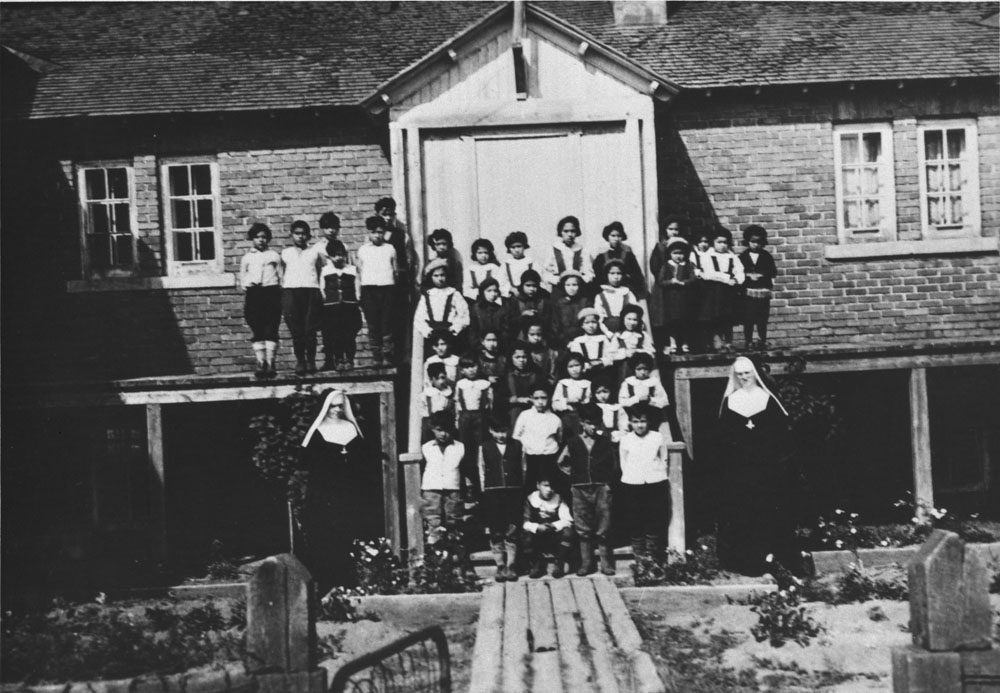
http://www.orangeshirtday.org/
Hearing Phyllis Webstad speak to students in SD28 just over a week ago was inspirational. Hearing her read and share her story, listening to the students asking questions, and hearing about her hopes for Orange Shirt Day and the possibility of being a holiday with Jesus (Christmas) and a Queen (Victoria Day), was inspirational. If you haven’t already checked out this website, I highly recommend it, but if you ever have a chance to listen to Phyllis share her story, you do not want to miss out.

